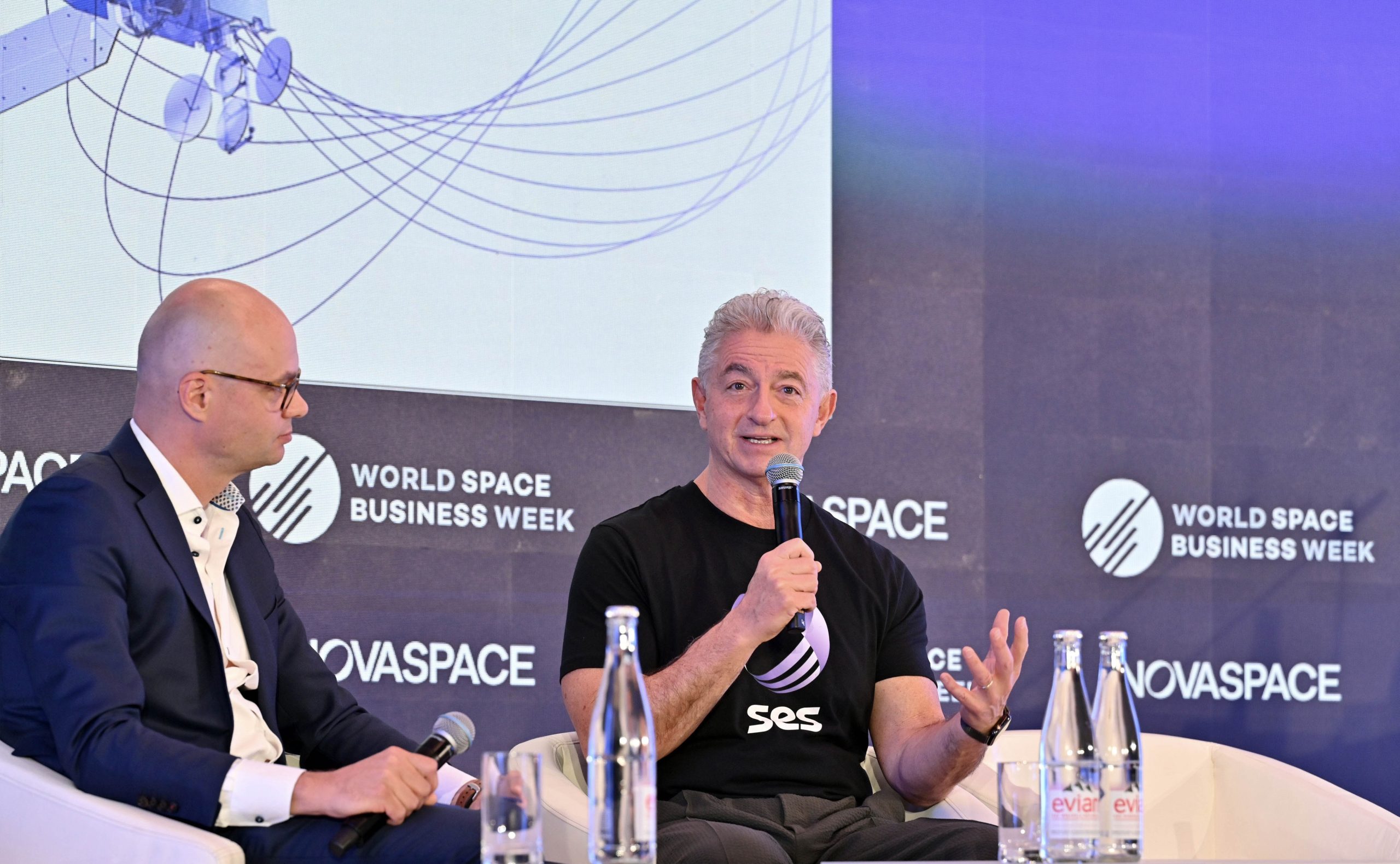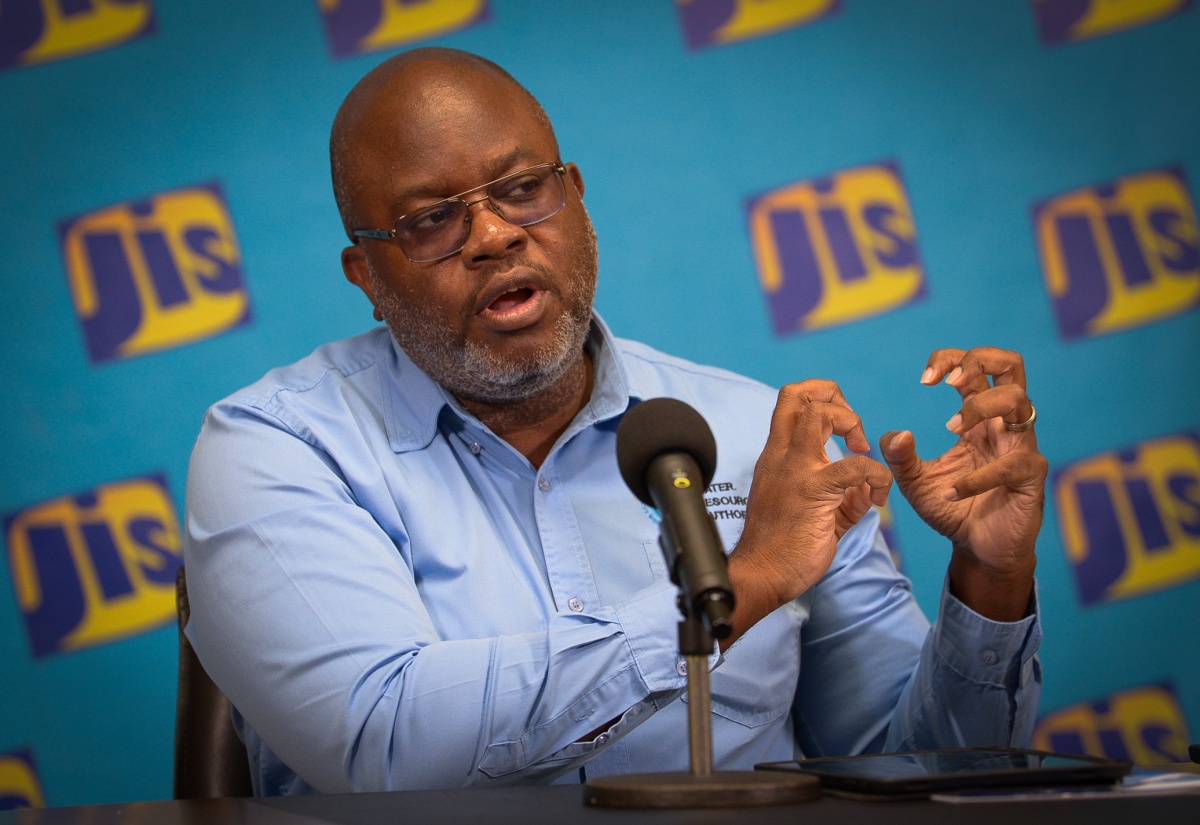
TAMPA, Fla. — SES announced plans Sept. 16 to deploy a satellite co-developed with manufacturing startup K2 Space early next year, marking the start of a more iterative approach to upgrading its medium Earth orbit (MEO) broadband constellation.
The Luxembourg-based operator calls this vision “meoSphere,” a modular, software-defined network outlined in July that evolves in shorter innovation cycles rather than large, one-off deployments.
SES says meoSphere will be backward and forward compatible, enabling new features to be incorporated as they become available while ensuring existing services continue uninterrupted.
“Our future MEO network will evolve through agile innovation cycles,” SES CEO Adel Al-Saleh said in a statement.
“By collaborating with K2 Space and other trusted innovative partners, we’re combining our solutions development experience and operational depth with newspace agility to develop a flexible, software-defined network that adapts to customer requirements.”
SES did not say whether one of its future partners includes Boeing, which is currently building the last three of 13 O3b mPower MEO satellites for SES. Those spacecraft are designed to deliver more than 10 times the throughput of the operator’s first-generation fleet of 20 MEO satellites.
The company said future development efforts will span Europe and the United States, where K2 is based.
The plan is to develop and deploy new MEO satellites every year, linking investments and scaling of the network directly to market demand and customer needs. This shift eliminates the need for large capital expenditure peaks that accompany traditional “waterfall” development cycles, SES said, and provides flexibility in how many satellites it ultimately deploys.
The upcoming meoSphere satellites would enable real-time aircraft connectivity, reliable maritime communications and resilient backhaul for remote enterprise sites. Government partners would be able to operate sovereign solutions through in-country gateways.
SES said the constellation would also support multi-mission capabilities such as hosted payloads, space situational awareness and satellite data relay.
Under a contract with the European Commission for its sovereign IRIS² multi-orbit broadband network, SES has already committed to developing and operating 18 additional MEO satellites in collaboration with legacy suppliers, while newer players like K2 will help further evolve the network.
Scaling up
Three-year-old K2 raised $110 million in Series B funding earlier this year to accelerate production of its “Mega” class satellite buses, which it says can be built for under $15 million each with lead times of less than three months. The company carried out its first in-space demonstration mission early this year and also plans to fly its debut first government mission in early 2026 under an agreement with the U.S. Space Force for MEO.
Separately, SES announced a partnership Sept. 15 with French optical ground station developer Cailabs to test laser communications technology that could support future satellites with faster and more secure data links.



